Table of Contents
5 Questions to Ask Before Implementing a New AI Tool (They’re Not What You Think)
Despite the hype, AI isn’t the answer to every business problem. Before you rush into a big AI project, be sure to ask these 5 questions.
The promise of AI is undeniable. Nearly two years after OpenAI changed the game with ChatGPT, the pressure for business leaders to have an AI strategy has only increased. Today, it’s common for boards to want a clear vision with concrete strategies to cut costs and increase productivity.
Yet for all its potential, AI solutions have often delivered underwhelming results, leaving many business leaders unsure where to start. If that sounds like your experience, these five questions can help you structure your AI strategy to not only satisfy your board but also position you for growth from this rapidly growing technology.
1. What Problem Are You Trying to Solve?
Simple as it sounds, this first step is easy to skip. And no wonder: with so much pressure from their boards to solidify an AI strategy, many executives rush right into evaluating the specs of the latest and greatest AI tools. Starting with a problem statement makes it much easier to evaluate an AI solution’s success.
One of the keys to determining the problem you’re trying to solve is to get as specific as possible so you can find a tool geared toward a defined outcome. For example, let’s say you want to increase productivity by 20 to 30 percent.
Having a defined target like this will not only help you more accurately assess potential AI tools to tackle the problem, it may also lead you in another direction altogether. Your board wants an AI strategy, of course, so your job as CEO is to consider AI solutions.
But with a well-defined problem to evaluate, you may determine that AI is not the best solution, which is a valid AI decision in its own right. After all, knowing where not to deploy AI – and why – is just as strategically important as where you do.
2. How Will AI Fit into Our Employees’ Workflows?
Increasing productivity means you probably need an AI tool that automates some of your employees’ day-to-day work. But how much do you really know about how your workers spend their hours? What do you know about the amount of time they spend on individual tasks? Where are the pain points? It’s great that you’ve defined the problem, but now you need to know more about what you’re going to ask AI to do in order to solve it.
To truly understand the root causes underlying your productivity issues, you need to find out where your employees are experiencing work friction – i.e., any person, process, or technology preventing them from getting work done.

Example: FOUNT quantifies the most critical moments and their impact on Software Developer Productivity
Let’s say you lead a financial institution and have decided you want to use AI to improve the productivity of your developers. You’ll first need to quantify where their work is most impacted by work friction.

Understanding employee workflows on a granular level can help answer the big-picture questions surrounding AI. By singling out specific moments where work friction happens, you can better determine how (or if) an AI tool can help ease their burden. In addition, you’ll have a more informed idea of which available AI tools might be the best fit to automate some of those tasks.
3. How Do You Get Buy-in from Employees?
AI implementations aren’t like old-school, top-down digital transformations, where the company rolls out a new tool or solution to employees and leaves them no choice but to use it. Introducing a new AI tool is instead a bottom-up process, where the ultimate success or failure of the project is dependent upon employee use and acceptance, which is why getting buy-in from employees is so important. And you’ll only get that buy-in if the AI solution makes their lives easier.
Returning to the financial institution example above, let’s say you decide to use AI to help your relationship managers more efficiently complete the due diligence process, which seems to be one of the biggest obstacles holding back their productivity.
Unfortunately, the AI tool isn’t purpose built for the banking industry, and your developers have to edit all of its outputs to match the fields in your existing software, which actually slows down their process rather than speeding it up.
Because of this, your managers will most likely abandon the tool and go back to doing things the old way.
In the end, they’ll never have fully bought into the AI solution. Why? Because it didn’t truly address the pain points in their day-to-day work and make their lives easier. The result for the company will be a wasted investment.
4. How Many AI Experiments Will You Run?
Because AI is an emerging technology, it’s impossible to know exactly how it will work in your company. That’s why the smartest organizations will run multiple AI experiments simultaneously to determine which to move forward with and which to abandon.
Doing so, of course, is exactly the kind of strategic move that boards can appreciate. You’ll not only be showing an interest in engaging AI to solve tough business problems, you’ll also be showing the thoroughness of your process.
You’re demonstrating that AI isn’t just a one-size-fits-all solution that applies to every situation in any company; you’re assessing the value to your company in particular and creating a framework to ensure you move forward only with the most promising applications for your problems.
5. How Will You Know If Your AI Implementation Is Successful?
Measuring the success of an AI implementation isn’t always straightforward. If productivity is off the charts and employees are happy, this of course would seem like a clear-cut AI success story. If you don’t hit those projected results, you probably have a failure of some sort on your hands. But where does that failure lie?
If an AI tool leads to an uptick in productivity but your relationship managers find it difficult to work with, you’re looking at success that probably isn’t sustainable. If you start seeing good people leave the company because of difficulty adapting to the AI tool, that’s not a success. If you start seeing employees give up on the tool and revert back to their comfortable ways of doing things, that’s not a success.
Did you choose the wrong AI tool? Did you have the right tool but needed a different configuration? Was there a better way to address productivity other than AI?
This is where having better information on the employee experience becomes so crucial to your budding AI strategy. Having meaningful data allows you to understand how employees are interacting with AI; not just how much time they’re spending with it, but whether they’re actually finding value in it.
Are they experiencing more or less friction with AI? Where is AI making things better (or worse) for them? The answers to these questions will be the litmus test for success. Maybe the tool needs to be fixed, but that can’t happen until you know what to fix.
Don’t Jump Into AI Without a Plan
AI holds plenty of promise, but it’s not an all-purpose solution. Your board may be clamoring for some quick-fix AI magic, but the important thing to demonstrate is that you have a clear strategy that includes approaching every possible AI investment by thinking through things like…
- Whether and how to use it.
- How to measure its value.
- How to treat it as an ongoing experiment that, much like AI itself, your organization can continue to learn from and refine going forward.
As with most tech investments, it all starts with the data. How will a new AI project impact your employees, who will be crucial to its eventual success or failure? Schedule a demo today to learn how you can approach your AI strategy with better information and more confidence.
Related Resources
See all News
Guest Post
3 Signs Your GBS Is Creating Friction Instead of Flow (And How to Fix It)
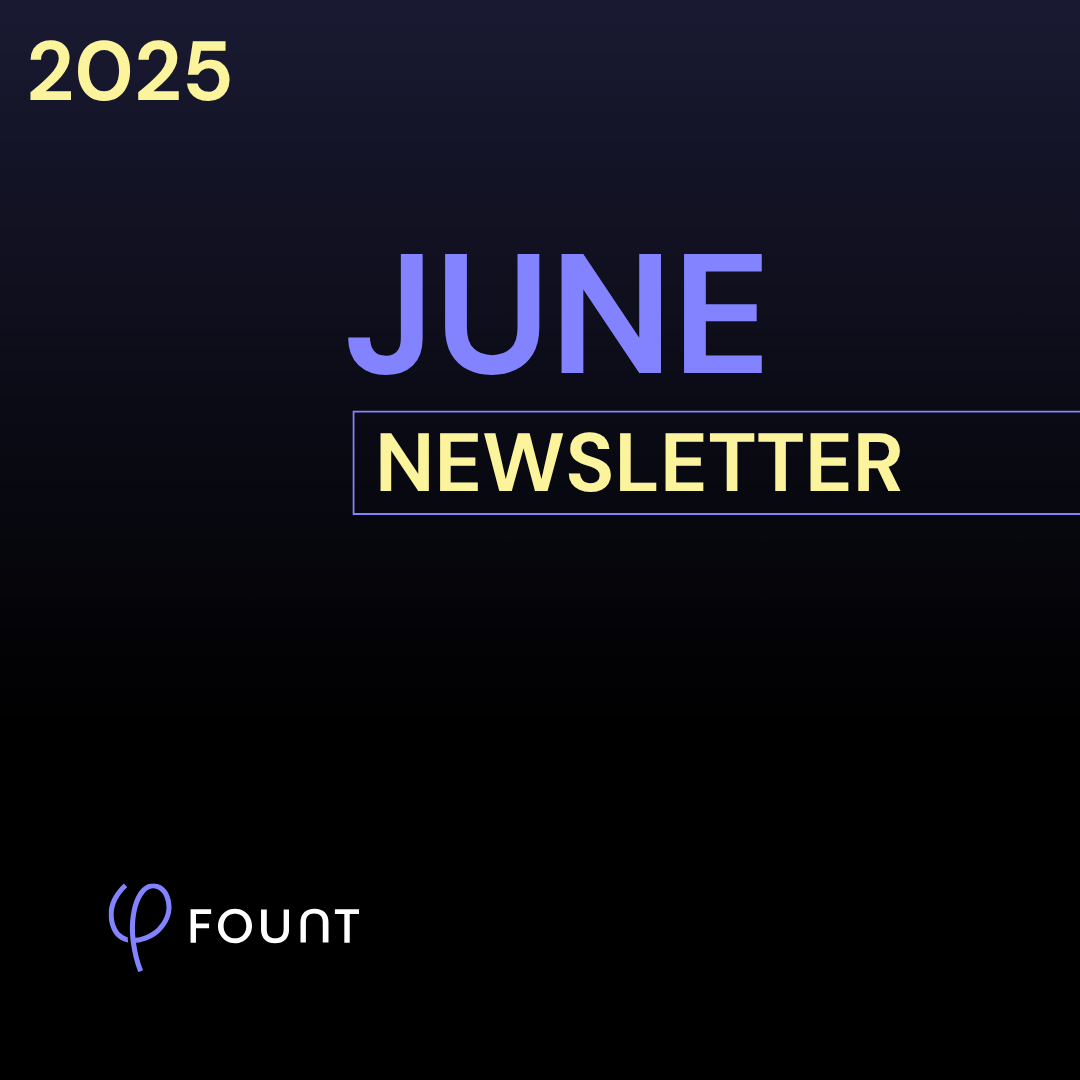
FOUNT News
June Newsletter: Friction is Killing Your AI ROI.

Insights
Breaking the False Tradeoff in GBS: Efficiency vs. Experience
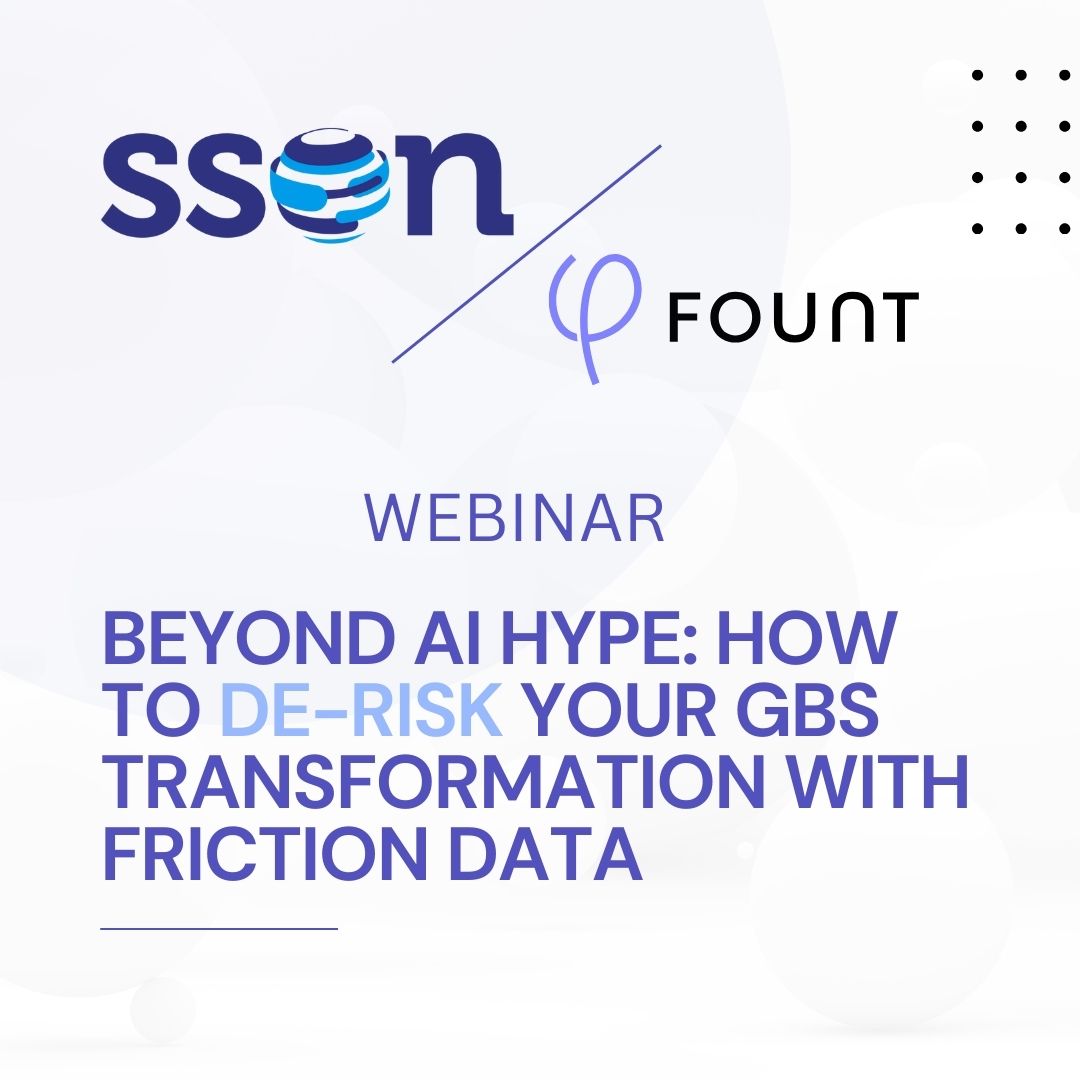
Events
LIVE Webinar – July 9th for SSON Network. Beyond AI Hype: How to De-Risk Your GBS Transformation with Friction Data

Insights
To Create New Value, GBS Leaders Need Different Data
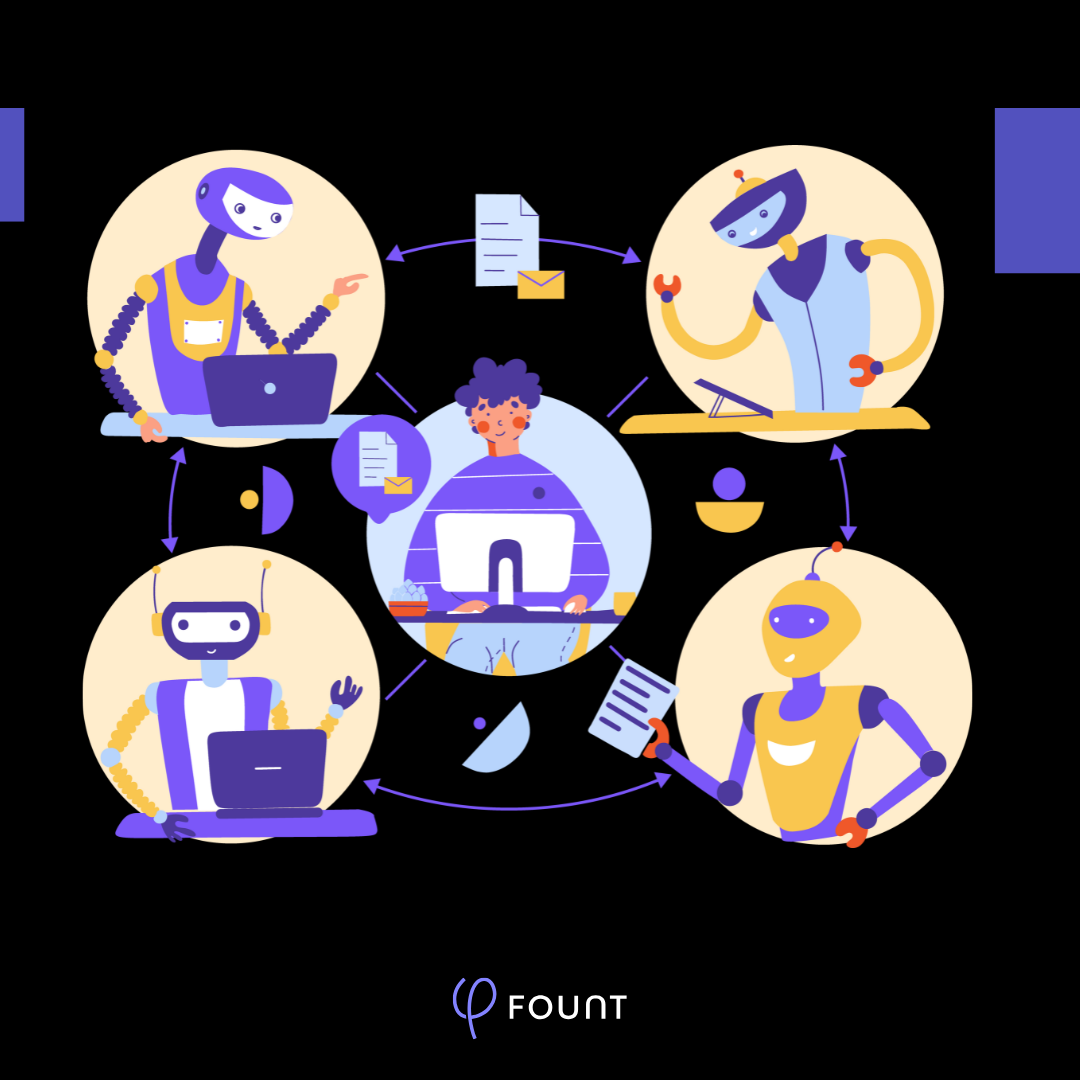
Insights
How to Keep Up with the Latest AI Developments
Insights
APRIL Newsletter. Friction: You Can’t Improve What You Can’t See

Guest Post
AI is Reshaping the HR Operating Model: Here’s What 15 Leading Companies Discovered
